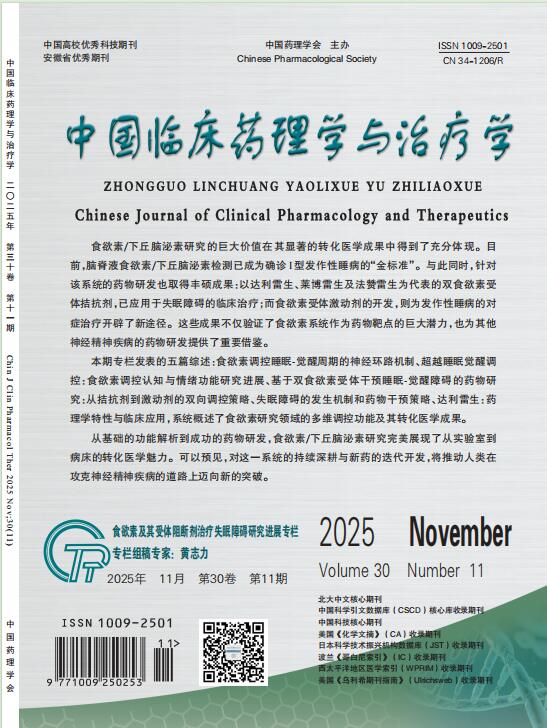AIM: To investigate the effect of dapa-gliflozin on myocardial injury in type 1 diabetes mice and its mechanism. METHODS: Normal C57BL/6J male mice were randomly divided into normal control group (Control), diabetes cardiomy-opathy group (DCM) and dapagliflozin group (DA-PA). The model of diabetes was induced by strepto-zotocin (STZ) and given maintenance feed. DAPA group was given 10 mg ·kg-1·d-1 of dapagliflozin by gavage, while control group and DCM group were given 0.9% sodium chloride solution by gavage. Af-ter 8 weeks of intervention, the cardiac function of each group was measured by ultrasound; Lactate dehydrogenase (LDH) was used to detect myocardi-al injury; HE staining was used to observe the cardi-ac morphology; Masson and Sirius red staining were used to observe the degree of cardiac fibro-sis; TUNEL was used to detect myocardial apopto-sis. The expressions of NLRP3, Caspase-1, GSDMD, Collagen I, Collagen III, α-SMA, Fibronectin, Cas-pase-1 and GSDMD analyzed by immunohistochem-ical staining. The expression levels of NLRP3, Cas-pase-1, GSDMD, Collagen I, Collagen III, α-SMA, Fi-bronectin and IL-18 were detected by Western blot. RESULTS: Compared with the control group, DCM group showed abnormal echocardiographic features, increased serum lactate dehydrogenase, abnormal cardiac tissue structure, disordered ar-rangement of muscle fibers, and obvious fiber thickening and fracture. The staining intensity of apoptosis in myocardial tissue increased, the ex-pression of NLRP3, Caspase-1, GSDMD gene and protein increased, and the expression of Collagen I, Collagen III, α-SMA, fibronectin gene and protein increased. The DAPA group attenuated the previ-ously mentioned parameter changes. CONCLU-SION: Dapagliflozin can improve the degree of myo-cardial fibrosis and myocardial pyroptosis, thus im-proving the myocardial injury caused by diabetes.


